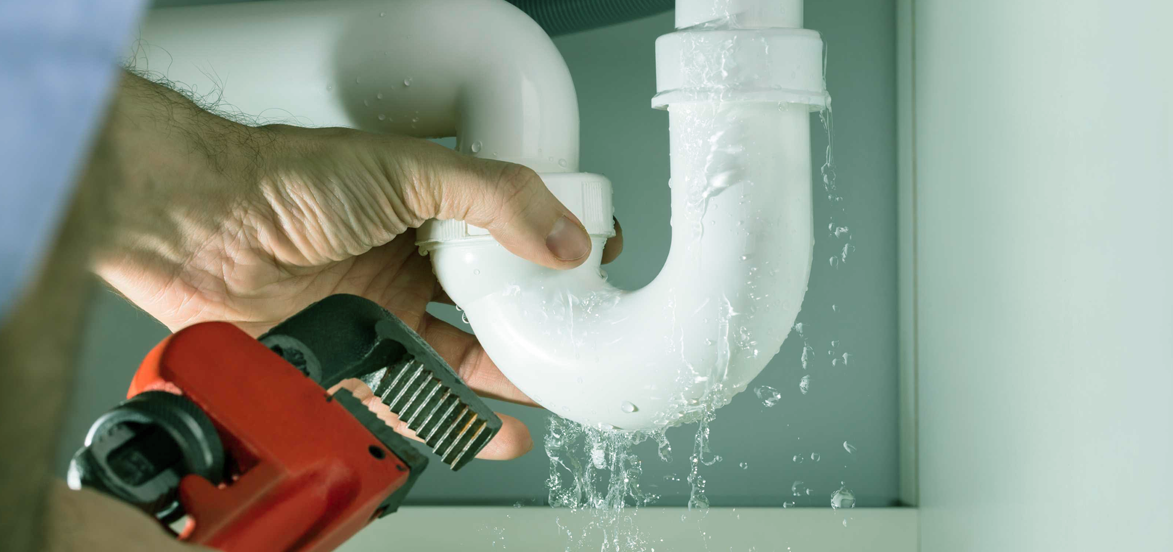Overview To Water Leakage Detection At Home
Overview To Water Leakage Detection At Home
Blog Article
What're your thoughts regarding Locating water leaks?

The moment you find a leak, calling your plumber for fixings is the best solution. Nonetheless, some small water leakages might not be visible. If you can not identify it with your naked eyes, right here are some hacks that aid.
Early detection of leaking water lines can minimize a potential disaster. In addition to conserving you money, it will lessen the stress and also stress.
Check Water Usage
Evaluate your water costs as well as track your water usage. As the one paying it, you must observe if there are any type of disparities. If you identify sudden changes, regardless of your consumption being the same, it indicates that you have leakages in your plumbing system. Bear in mind, your water bill should fall under the same range monthly. An abrupt spike in your expense shows a fast-moving leak.
A constant rise every month, also with the exact same habits, reveals you have a sluggish leakage that's also slowly intensifying. Call a plumber to completely inspect your home, particularly if you really feel a cozy area on your flooring with piping beneath.
Inspect as well as Assess the Situation
Property owners must make it a routine to check under the sink counters and also inside cupboards for any bad odor or mold and mildew growth. These 2 red flags indicate a leakage so prompt focus is needed. Doing routine assessments, even bi-annually, can conserve you from a significant problem.
Take A Look At the Water Meter
Checking it is a guaranteed method that aids you uncover leakages. If it relocates, that indicates a fast-moving leak. This indicates you might have a slow-moving leak that could even be underground.
Asses Outside Lines
Do not fail to remember to inspect your outside water lines too. Ought to water seep out of the link, you have a loosened rubber gasket. One small leak can squander lots of water and increase your water expense.
Do a Food Coloring Test
When it comes to water intake, 30% comes from bathrooms. If the color somehow infiltrates your bowl during that time without flushing, there's a leakage between the storage tank and dish.
If you know your house is already old, maintain a watchful eye on your heaters, pipes, pipes and so on. Check for stainings and damaging as many pipelines as well as devices have a life span. They will also normally weaken as a result of tear and also wear. Do not wait for it to escalate if you presume dripping water lines in your plumbing system. Call a professional plumber today so you don't end up with a horrible mess in your house.
The minute you find a leak, calling your plumber for repair services is the ideal solution. Some tiny water leaks may not be noticeable. Examining it is a proven way that helps you discover leakages. One tiny leak can lose heaps of water and also increase your water bill.
If you suspect leaking water lines in your plumbing system, do not wait for it to rise.
WARNING SIGNS OF WATER LEAKAGE BEHIND THE WALL
PERSISTENT MUSTY ODORS
As water slowly drips from a leaky pipe inside the wall, flooring and sheetrock stay damp and develop an odor similar to wet cardboard. It generates a musty smell that can help you find hidden leaks.
MOLD IN UNUSUAL AREAS
Mold usually grows in wet areas like kitchens, baths and laundry rooms. If you spot the stuff on walls or baseboards in other rooms of the house, it’s a good indicator of undetected water leaks.
STAINS THAT GROW
When mold thrives around a leaky pipe, it sometimes takes hold on the inside surface of the affected wall. A growing stain on otherwise clean sheetrock is often your sign of a hidden plumbing problem.
PEELING OR BUBBLING WALLPAPER / PAINT
This clue is easy to miss in rooms that don’t get much use. When you see wallpaper separating along seams or paint bubbling or flaking off the wall, blame sheetrock that stays wet because of an undetected leak.
BUCKLED CEILINGS AND STAINED FLOORS
If ceilings or floors in bathrooms, kitchens or laundry areas develop structural problems, don’t rule out constant damp inside the walls. Wet sheetrock can affect adjacent framing, flooring and ceilings.
https://www.servicemasterbyzaba.com/blog/how-to-detect-water-leakage-in-walls/

We hope you enjoyed our part about Locating water leaks. Thanks so much for taking a few minutes to browse our blog. Appreciated our blog entry? Please share it. Help others check it out. Many thanks for your time spent reading it.
Report this page